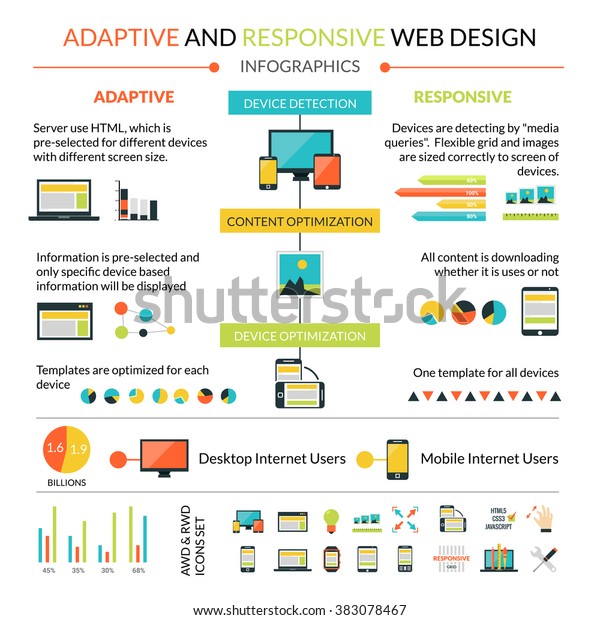Web Site Layout Essentials: Tips For Structure A User-Friendly Website
Web Site Layout Essentials: Tips For Structure A User-Friendly Website
Blog Article
small business search engine optimisation By-Scarborough Gammelgaard
When it comes to site layout, guaranteeing user-friendliness is vital. From search engine optimisation provider to streamlined navigating, every aspect plays a crucial duty in producing a site that deals with your audience's needs. Yet what concerning just click the next article that can make or break a customer's browsing experience? Remain tuned as we discover some often-overlooked pointers that can elevate your internet site's functionality to the next level, making it genuinely stand apart in the digital landscape.
Relevance of Responsive Layout
Receptive style is an essential facet of contemporary website growth. Ensuring your website is responsive ways that it can adapt to various screen sizes and gadgets, providing a seamless experience for users.
With the enhancing use smartphones and tablet computers to access the net, having a responsive design is crucial for reaching a bigger target market. It helps in boosting user experience by making your website simple to browse and read on any gadget.
In addition, responsive design can positively impact your internet search engine rankings, as internet search engine like Google focus on mobile-friendly websites. By having a receptive layout, you're likewise future-proofing your web site, as brand-new gadgets with differing screen sizes continue to emerge.
Simplify Navigating Framework
To improve individual experience and assist in very easy access to information on your internet site, enhancing the navigating structure is vital. When creating your website, focus on producing a clear and user-friendly navigating menu that aids visitors find what they're looking for promptly.
Restriction the variety of menu items to the essentials, organizing associated web pages with each other to stay clear of overwhelming individuals. Use detailed tags that clearly suggest the content of each page, making it less complicated for customers to comprehend where each web link will certainly take them.
Think about carrying out dropdown food selections for subcategories to stop cluttering the primary navigation bar. In addition, include a search bar prominently on the web page for users that prefer searching for details details.
Focus on mobile responsiveness in your navigation design to make certain easy access on all gadgets.
Maximize Page Load Rate
Improving page lots speed is critical for preserving site visitors on your internet site. Slow-loading pages frustrate customers and can result in high bounce rates. To maximize page lots speed, begin by optimizing images. Press pictures without endangering top quality to lower their file dimensions.
Additionally, make it possible for internet browser caching to save regularly accessed resources in your area, accelerating load times for returning visitors. Minify CSS, JavaScript, and HTML files by getting rid of unnecessary personalities, remarks, and formatting, boosting tons rate.
Think about utilizing a material shipment network (CDN) to distribute your website's web content across several servers worldwide, reducing latency for individuals accessing your website from various locations. Lastly, limit making use of third-party manuscripts and plugins, as they can dramatically influence load times.
Verdict
In conclusion, by including receptive design, simplifying navigating, and enhancing page load speed, you can develop a straightforward internet site that interest a wider audience and enhances user experience. These essential elements make certain that visitors can easily access and browse your website throughout different tools, resulting in increased interaction and complete satisfaction. By concentrating on these crucial facets, you can construct an effective web site that keeps individuals returning for even more.
